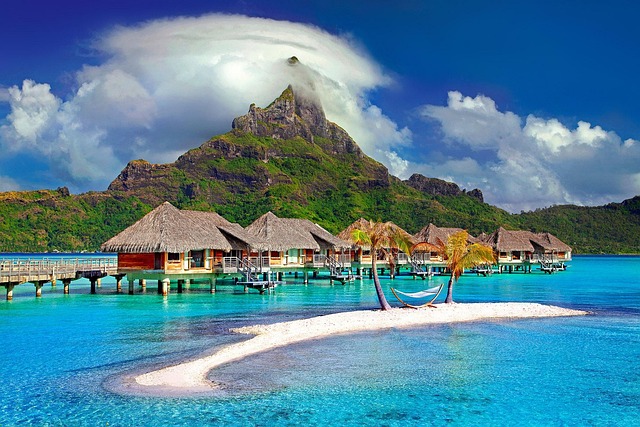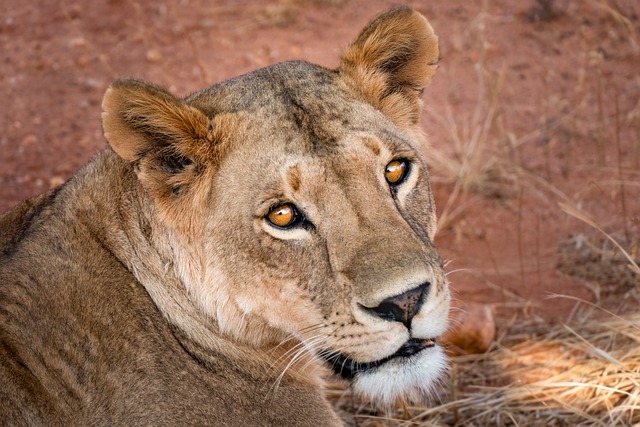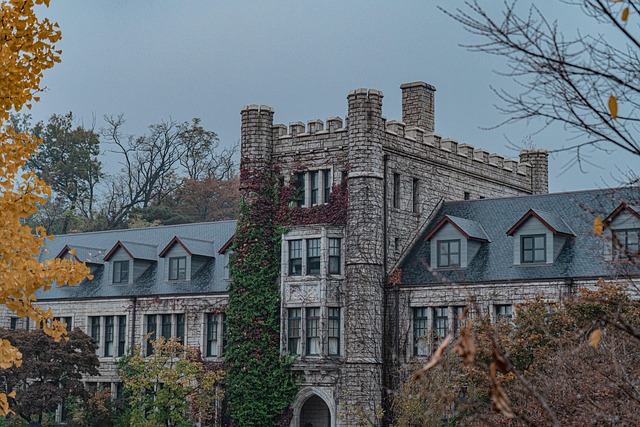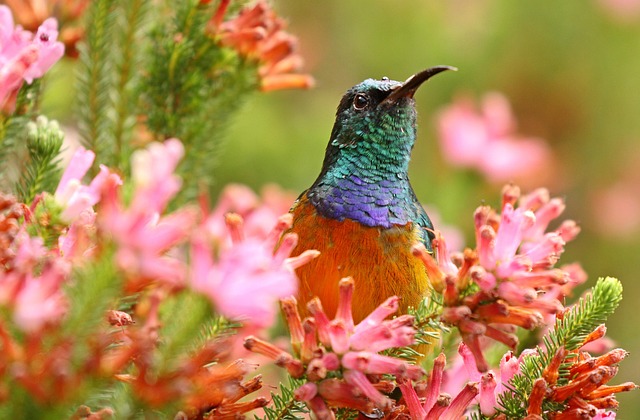Cultural heritage events in real estate areas foster community building, enhance neighborhood appeal, and preserve diverse identities. These gatherings bring residents together to share stories, traditions, and cuisines, strengthening intergenerational connections and promoting inclusivity. By transforming public spaces into dynamic tapestries of diversity, these events create a vibrant, cohesive environment that resonates with all, ultimately contributing to the overall well-being of the community and preserving cultural heritage for future generations. Real estate plays a crucial role in showcasing this heritage through historic buildings, ethnic museums, and folk festivals, while developers can integrate cultural elements into modern spaces to strengthen social cohesion and provide opportunities for cultural learning.
Community events celebrating cultural heritage play a vital role in fostering connections and preserving traditions. This article explores three key aspects of these celebrations: the power they hold in community building, strategies for engaging diverse audiences, and their impact on real estate as traditional spaces are preserved. By delving into these areas, we uncover how cultural heritage events drive inclusivity and shape vibrant communities, leaving an indelible mark on urban landscapes.
The Power of Cultural Heritage Events in Community Building

Cultural heritage events have a profound impact on community building, fostering a sense of belonging and connection among residents. These celebrations serve as vibrant platforms where diverse groups come together, sharing stories, traditions, and cuisines that weave the rich fabric of a locality. By organizing such events, real estate areas can enhance their appeal to potential residents and visitors alike, showcasing the unique character and diversity that makes each neighborhood special.
Moreover, these gatherings create opportunities for intergenerational interactions, encouraging younger generations to appreciate and preserve their cultural roots while fostering empathy and understanding among older residents. In today’s diverse and dynamic world, cultural heritage events play a pivotal role in strengthening community bonds, making neighborhoods more inclusive, and contributing to the overall well-being of the area.
Creating Inclusivity: Engaging Diverse Audiences in Celebration

Community events celebrating cultural heritage offer a unique opportunity to foster inclusivity and engage diverse audiences in an enriching experience. In the realm of real estate, these celebrations can transform public spaces into vibrant tapestries where folks from all walks of life come together to share their stories and traditions. By designing inclusive activities and programming, event organizers can ensure that everyone feels welcomed and encouraged to participate actively.
This approach not only enhances cultural understanding but also strengthens the sense of community. In a bustling metropolis, where diversity is the norm, these events become essential in preserving the soul of various cultures and making sure they are celebrated equally. Through engaging activities, performances, and interactive exhibits, event planners can create an environment that resonates with folks from different backgrounds, leaving no one on the sidelines but instead fostering a true community spirit.
Real Estate and Cultural Heritage: Preserving Tradition Through Spaces
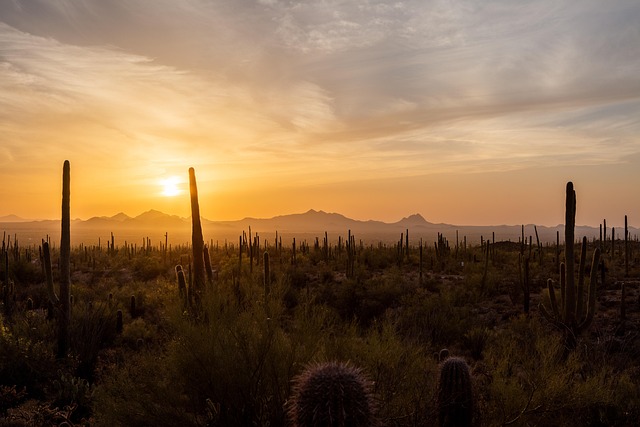
Community events that celebrate cultural heritage play a vital role in preserving traditions and fostering connections among diverse groups. One often-overlooked aspect of this preservation is the role of real estate. Spaces where cultural heritage is showcased, whether it’s a historic building housing an ethnic museum or a vibrant neighborhood park hosting folk festivals, are essential for maintaining a sense of place and identity.
Real estate developers and community leaders can contribute to preserving cultural heritage by designing and revitalizing spaces that honor historical significance while catering to contemporary needs. By integrating cultural elements into the built environment, these spaces become not just locations but living testaments to the rich tapestry of a community’s past, enhancing social cohesion and providing opportunities for future generations to learn and appreciate their cultural roots.
